You are correct in that dp is not completely accurate because of the density buckets. The size of one dp can be between 88% and 117% of the size of one dp on a device where where true dpi exactly matches the bucket dpi depending on how big the difference is between the true dpi and the bucket dpi. With a bigger ratio than that the device should be put into the next/previous bucket instead.
As you say mm, inch and pt is more exact since these are based on the true physical dpi and not the bucket dpi.
However, there are some devices available on the market that report incorrect physical dpi to Android (DisplayMetrics.xdpi and DisplayMetrics.ydpi) so because of this anything using mm, in or pt on these devices will get wrong sizes.
Examples of devices that report incorrect physical dpi include: Samsung Galaxy Mini, Samsung Galaxy S3 Mini, Lg Optimus 2X, Motorola Defy.
This is why Eclipse say that these units does not work accurately on all devices. The reason why there is no warning for pt is probably because the developers who added this warning just forgot about pt, or never tested this on a problematic device.
For further details on the same topic, please see my answer to the question Why Lint shows warning when using in (inch) or mm (millimeter) units as dimension?
